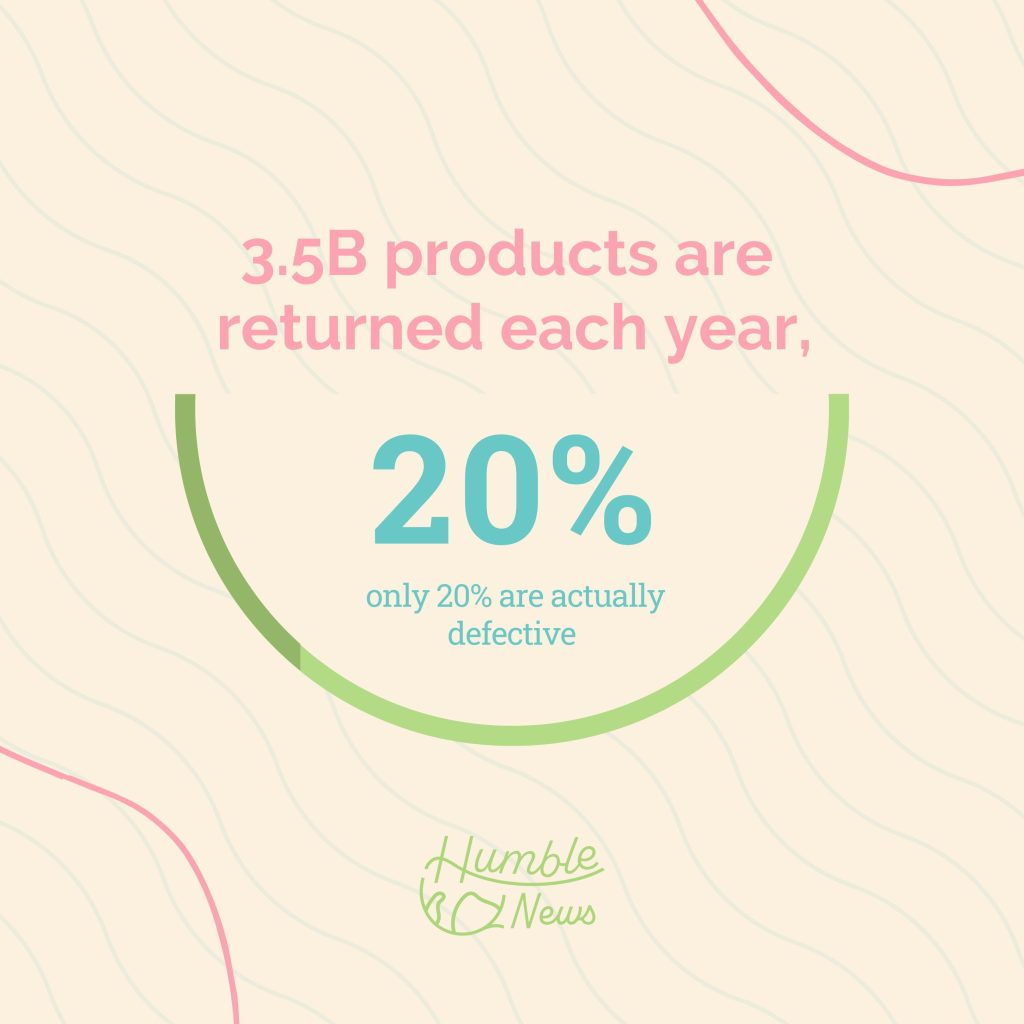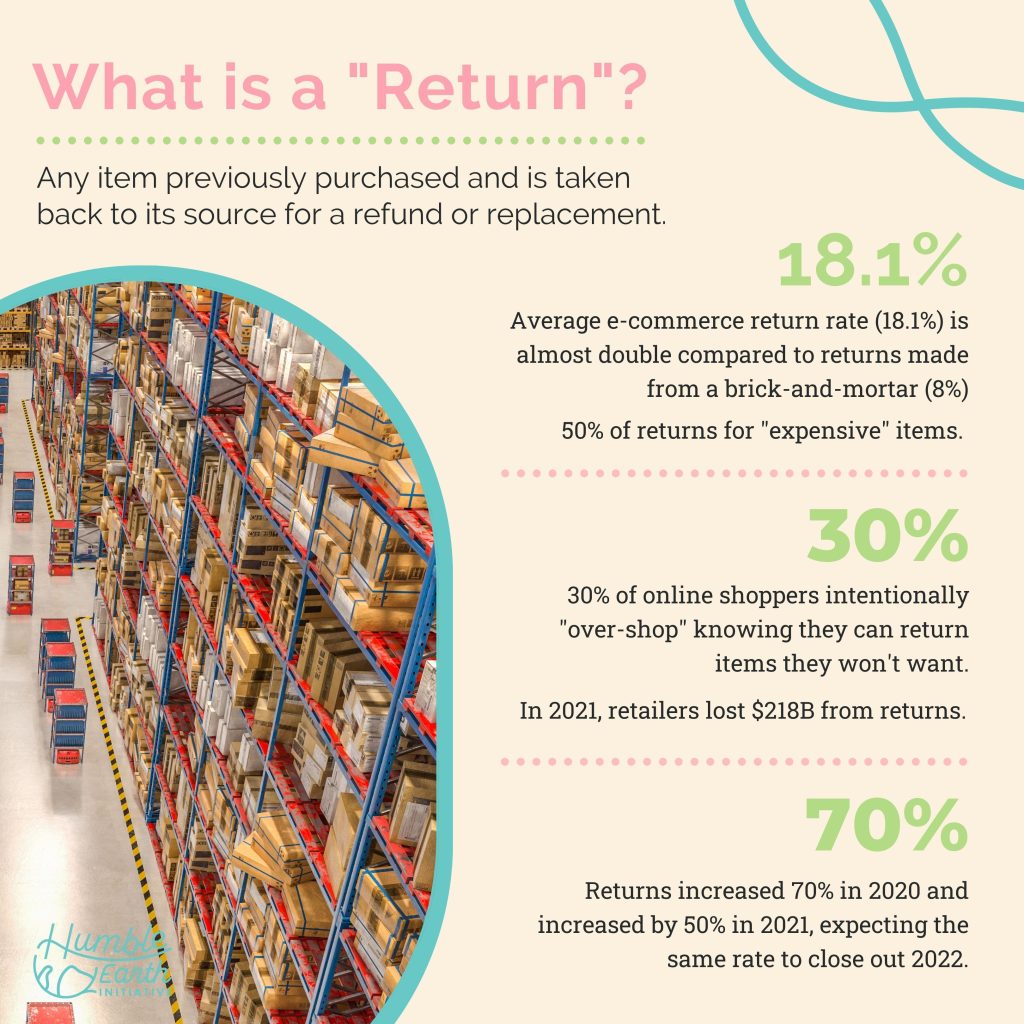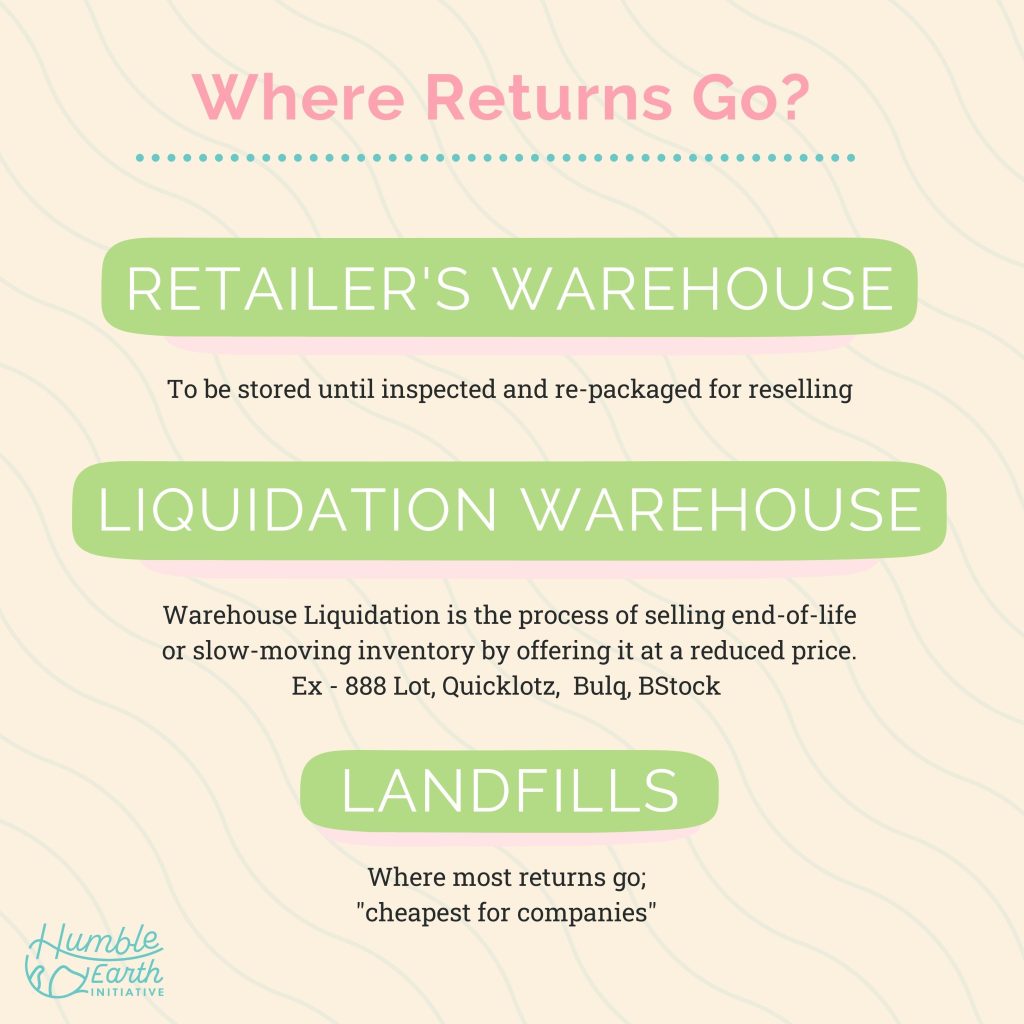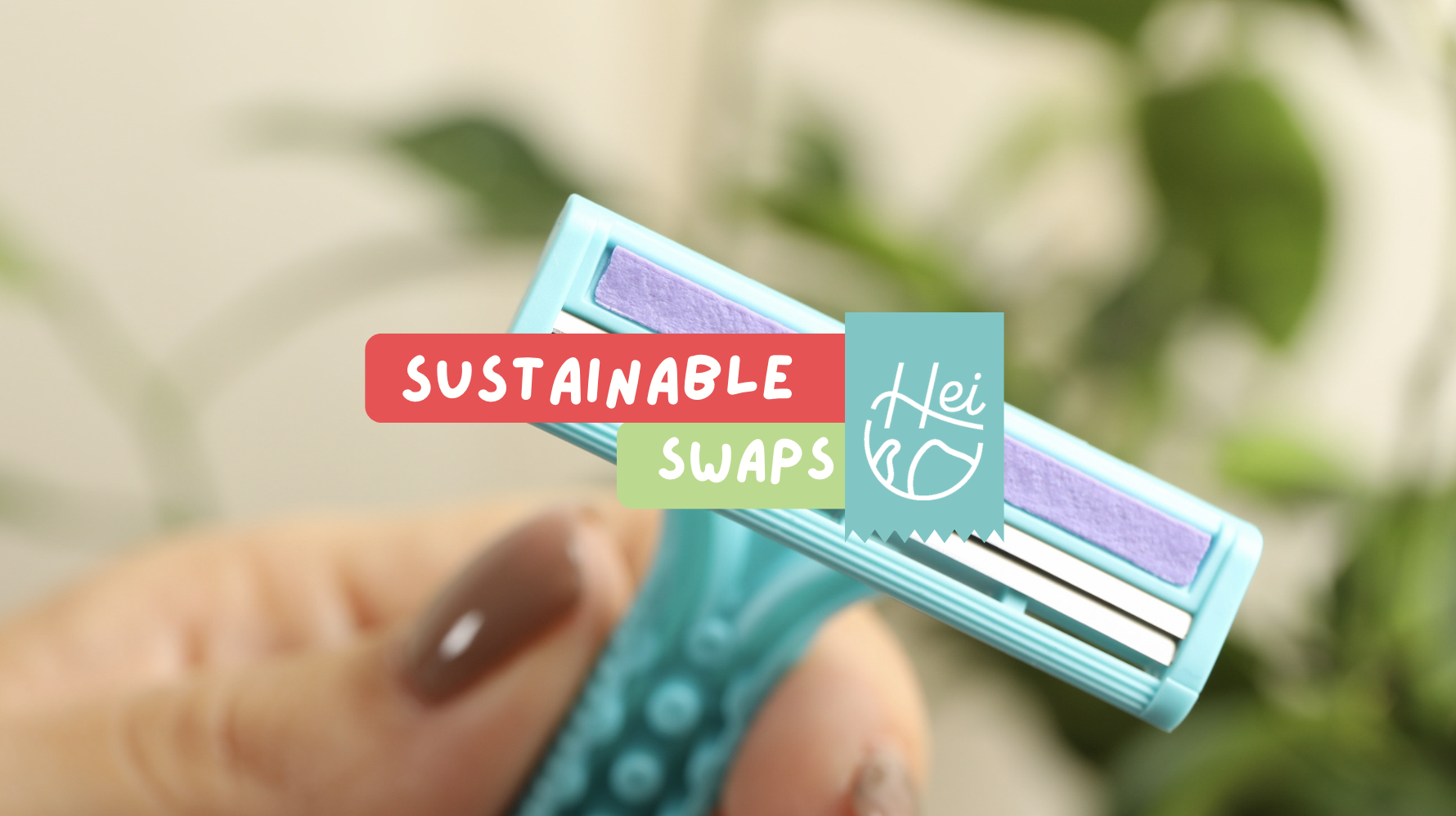The season of giving is also starting to become a season of returns as well. In fact, companies all over the US record the highest return rates every January from gifts and purchases made in December. This rate is only increasing with each passing year, such that, returns have increased by 70% in 2020 and increased by 50% in 2021, with the expectation of the same rate to close out 2022.
Most of these returns are coming from purchases made online, wherein an average e-commerce return rate of 18.1% is almost double compared to returns made from a brick-and-mortar store at only an 8% rate. Regardless of where it comes from, 50% of returns are made for “expensive” items, 95% of which is due to shopper’s remorse. Statistics indicate that 62% of online purchasers expect a 30-day return policy from retailers, and 30% of said online shoppers intentionally “over-shop” knowing they can return items they won’t want.


With all these habits, it is no surprise that retailers have lost a whopping $218 billion in value, just for returns translating to about 3.5 billion products only 20% are actually defective.
As such, about 5 Billion pounds of waste comes from returns. How so? You would ask? It’s because not all returns go back to the retailer’s shop to be resold. In fact, 25% of said returns are “destroyed”, meaning they are burned and/or dumped into landfills for disposal.

Where exactly do returns go?
1. Back to Retailer’s Warehouse
Retailers will either email or slow mail you a shipping label so you can send the product back to their holding warehouse. Once received, they inspect the product to determine if it is fit to be resold and then packed and shipped accordingly.
2. Liquidation Warehouse
Warehouse Liquidation is the process of selling end-of-life or slow-moving inventory by offering it at a reduced price. These products are also inspected and repacked to make sure it is priced accordingly and usually sold in bulk. Examples of liquidation warehouses are: 888 Lot, Quicklotz, Bulq, BStock
3. Landfills
If the product is not apt for reselling or if it costs less to send to landfills vs. reselling, the returned items go straight to the landfills for disposal.
Why then are returns harmful to the environment?
Since 1/4 of these products are sent directly to landfills, the decomposition of these items generate huge amounts of greenhouse gases, methane and other toxins. Not to mention, landfills have been filling up fast with the increase in consumption and throwing out of products deemed not usable anymore. Plastic products in particular take years to decompose so when our landfills pile up each year, what happens when there’s no space anymore?
On the other hand, for items that clear inspection and will be resold, the process creates a huge carbon footprint wherein the product cycle loop and the corresponding carbon footprint it creates, doubles and even triples in effect.

Now that we have a better idea of the impact of returns and the habits behind it, we hope that this will help everyone be better mindful shoppers and be willing to go the extra mile for a green-er gifting solution. Until then, enjoy your holidays, stay safe and stay tuned for this coming Saturday’s blog about Alternatives to Returns.
Source:
https://www.soocial.com/ecommerce-return-statistics/
https://www.cnn.com/2021/01/30/business/online-shopping-returns-liquidators/index.html
https://www.bbcearth.com/news/your-brand-new-returns-end-up-in-landfill









Be the first to comment!